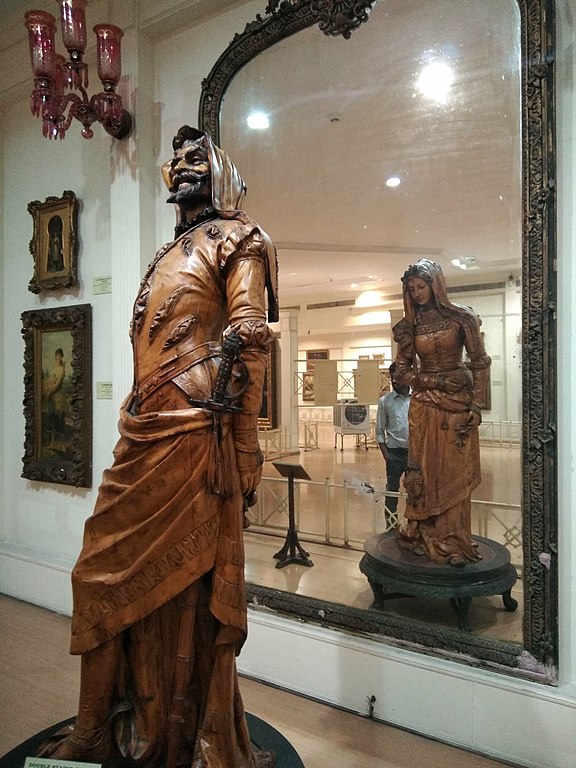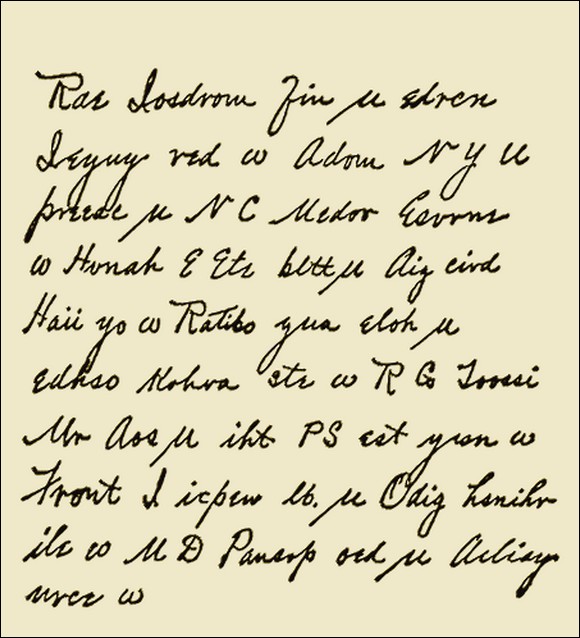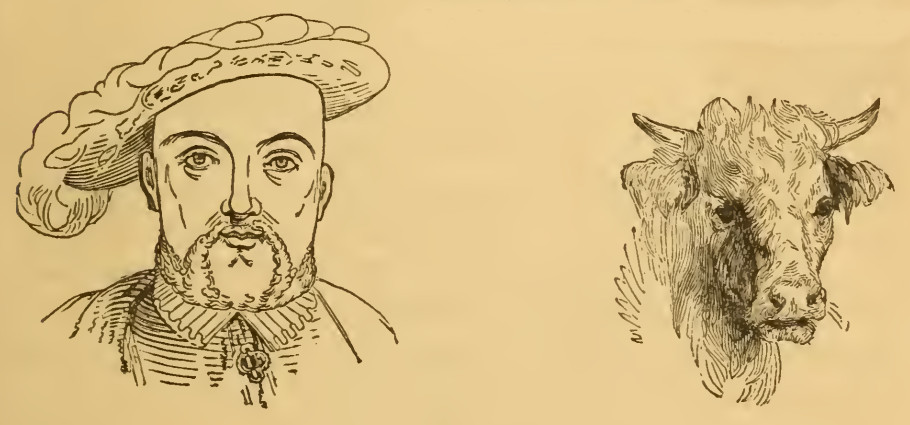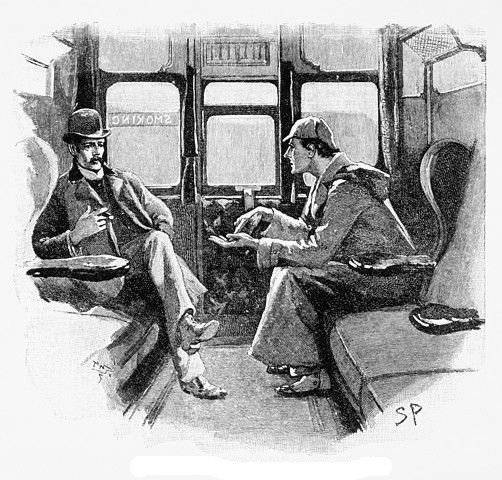In James Thurber’s 1957 fairytale book The Wonderful O, two pirates, Black and Littlejack, assail the innocent island of Ooroo, seeking hidden treasure. Frustrated with their unsuccessful search, Black issues an edict banning the letter O, which he hates (his mother had once become wedged in an O-shaped porthole; “we couldn’t pull her in and so we had to push her out”). Accordingly the orchestra loses its violins, cellos, and trombones; the villagers must move from cottages to huts; and so on. One laments:
They are swing chas. What is slid? What is left that’s slace? We are begne and webegne. Life is bring and brish. Even schling is flish. Animals in the z are less lacnic than we. Vices are filled with paths and scial intercurse is baths. Let us gird up ur lins like lins and rt the hrrr and ust the afs.
I’ll leave you to read the resolution yourself.
For a more recent fable about an island beset by a letter shortage, see Mark Dunn’s progressively lipogrammatic 2001 novel Ella Minnow Pea. Maybe it’s the same island!




